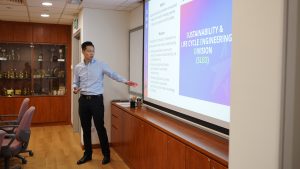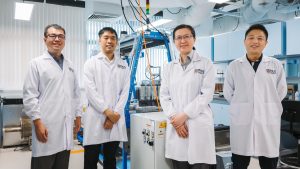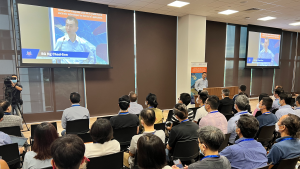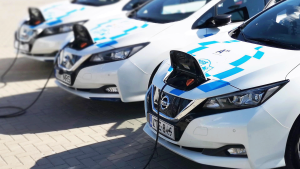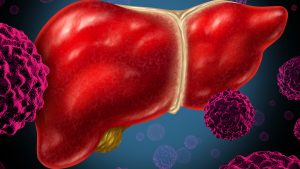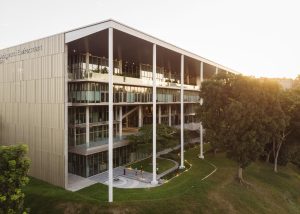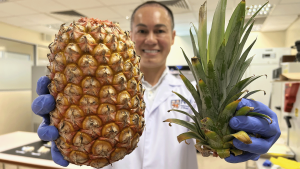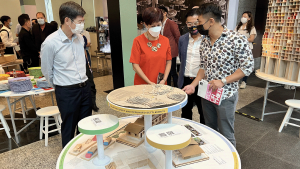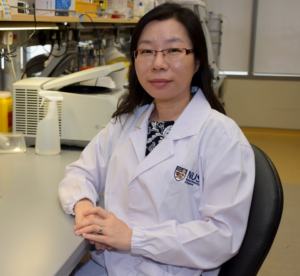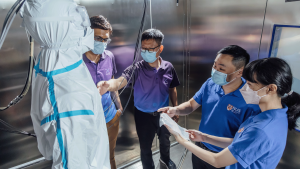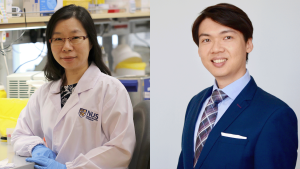Workshop aims to grow collaborations in sustainability research
SIMTech & ARTC – NUS CDE Workshop covered topics including wastewater treatment and resource recovery, sustainable business models and service systems, and product sustainability by design.
Hydrogen innovations centre aims to power new green economy
New NUS Centre for Hydrogen Innovations includes several breakthrough research projects led by CDE professors.
SHINE workshop looks to ‘game-changing’ microelectronics
Industry experts and academics explore next-generation technology at event marking one year milestone of SHINE research centre.
Inadequate charging networks could thwart electric vehicle adoption goals
Researchers say stresses on the charging network could become a significant deterrent to consumers switching to EVs.
AI platform enables doctors to optimise personalised chemotherapy dose
Based on a pilot clinical trial, close to 97% of dose recommendations by CURATE.AI were accepted by clinicians.
Study finds new clues to liver cancer progression
Researchers say the findings from their study will help pave the way for new therapeutic targets to control tumour development
SDE4 wins award for leadership in sustainability
Net-zero energy building recognised at 2022 Singapore Green Building Council-Building and Construction Authority Leadership in Sustainability Awards.
A pineapple-powered pill that traps fat
Cellulose from pineapple leaf fibres transformed into capsules and crackers that absorb and remove unwanted fats in the human body.
Homecoming for Singapore Pavilion from Venice Biennale
Exhibit curated by NUS Department of Architecture showcases uniquely Singaporean ways of sharing space.
CDE Asst Prof Shao Huilin: ‘New ways of hacking biology’
Biomarkers of disease are like clues at a crime scene, says the Presidential Young Professor. “The trick is how to reveal them.”
Novel film helps cool health workers’ protective suits
Moisture-trapping film developed by CDE researchers can reduce humidity levels in health workers’ PPE suits by 40-50%.
Two CDE profs honoured at University Awards
Assoc Prof Benjamin Tee and Asst Prof Shao Huilin have been awarded the Young Researcher Award at the annual University Awards held by NUS.




